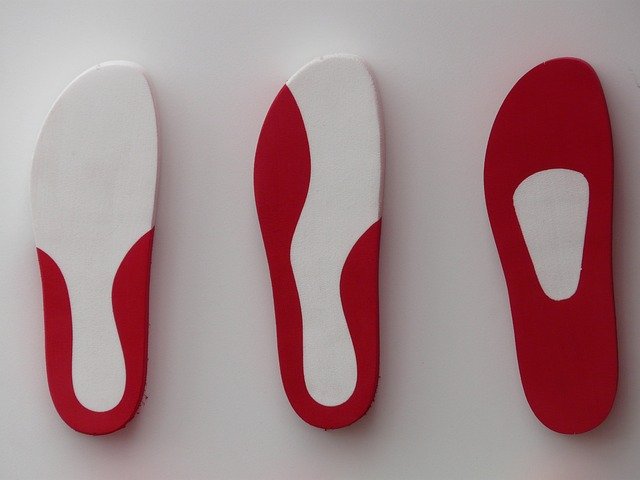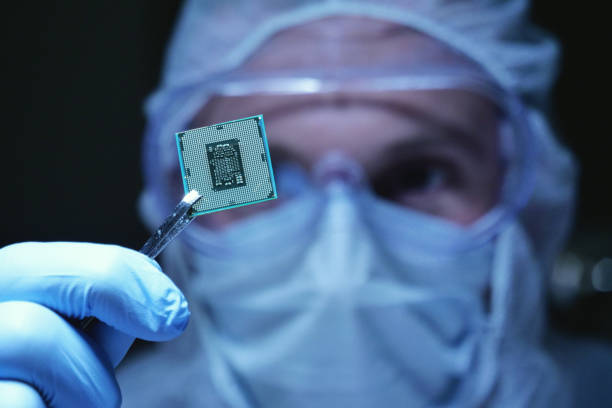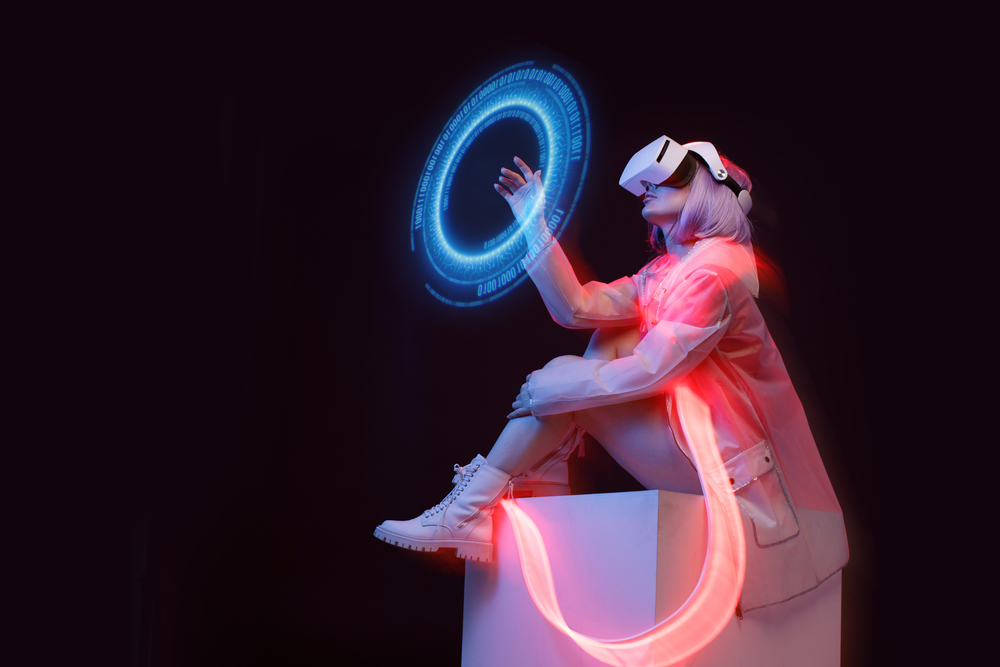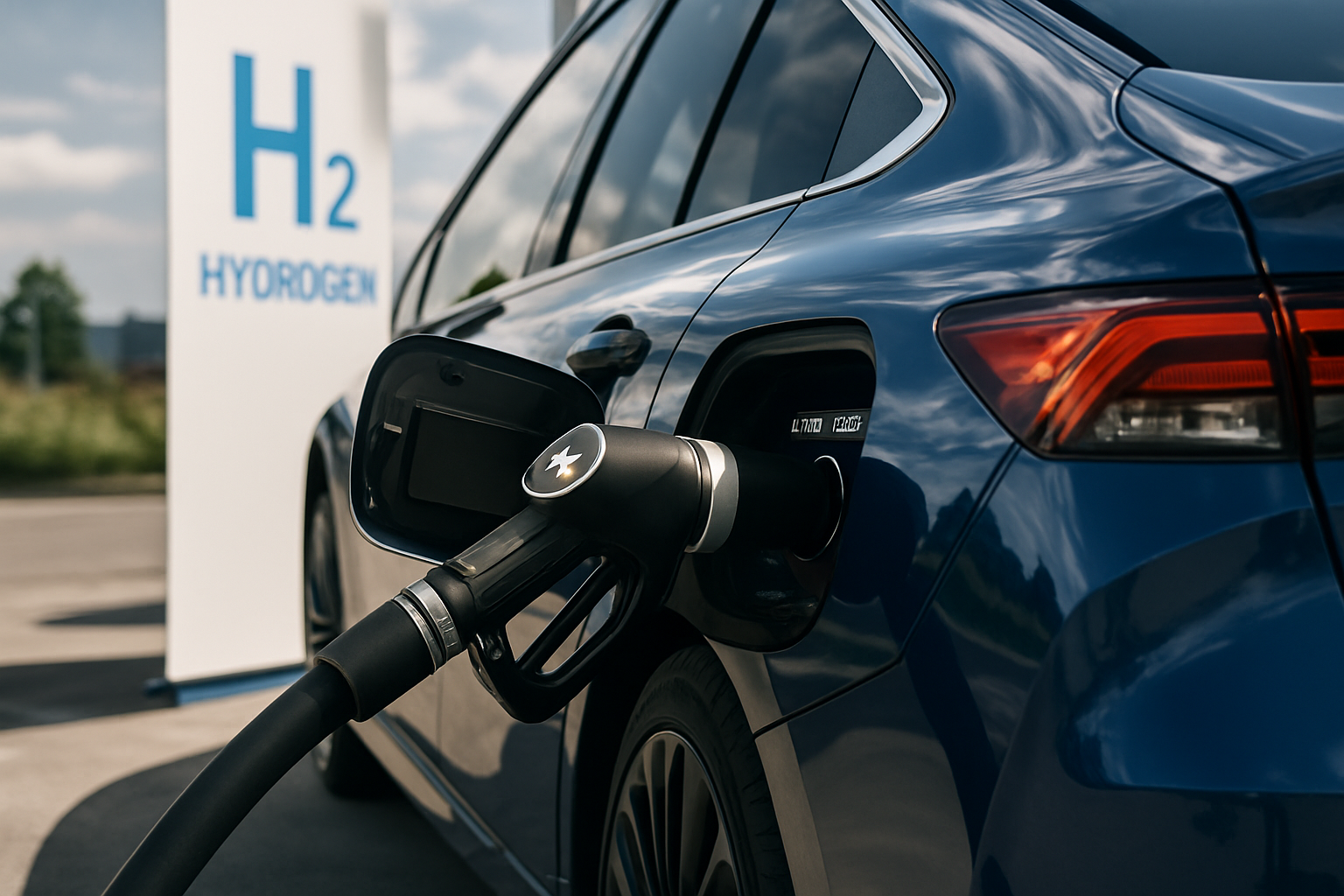Biomechanical Footwear: The Next Frontier in Personalized Orthopedic Health
Imagine slipping on a pair of shoes that not only cushion your feet but actively work to correct your posture, alleviate joint pain, and enhance your overall biomechanics. This isn't a scene from a futuristic movie – it's the reality of biomechanical footwear, a groundbreaking innovation in orthopedic health that's revolutionizing how we think about our daily steps.

The Evolution of Orthopedic Footwear
For decades, orthopedic footwear has been synonymous with bulky, unattractive shoes that prioritize function over form. These traditional designs, while beneficial for certain conditions, often failed to address the complex interplay between foot mechanics and overall body alignment. The journey from static orthopedic inserts to dynamic biomechanical footwear marks a significant leap in our understanding of human locomotion and its impact on health.
The concept of biomechanical footwear emerged from the intersection of biomechanics research, materials science, and wearable technology. Early pioneers in this field recognized that static solutions were inadequate for addressing the dynamic nature of human movement. They sought to create shoes that could actively respond to the wearer’s gait, providing real-time adjustments to optimize alignment and reduce stress on joints and muscles.
The Science Behind Biomechanical Footwear
At the heart of biomechanical footwear lies a sophisticated understanding of human biomechanics. These shoes are designed to influence the kinetic chain – the interconnected system of joints and muscles that work together during movement. By strategically altering the foot’s interaction with the ground, biomechanical footwear can induce subtle changes in posture and gait that ripple upward through the body.
Advanced sensor technology embedded within the shoes collects real-time data on pressure distribution, stride length, and foot positioning. This information is processed by onboard microprocessors that adjust the shoe’s support structures, such as air cushions or dynamic sole components, to optimize the wearer’s biomechanics continuously. The result is a shoe that adapts to changes in terrain, activity level, and even the wearer’s fatigue throughout the day.
Personalized Orthopedic Care
One of the most compelling aspects of biomechanical footwear is its potential for personalization. Unlike off-the-shelf orthopedic solutions, these shoes can be fine-tuned to address individual musculoskeletal issues. Through a combination of gait analysis, 3D foot scanning, and machine learning algorithms, manufacturers can create shoes tailored to each wearer’s unique biomechanical profile.
This level of customization extends beyond initial fitting. As the wearer’s body changes over time – due to factors such as weight fluctuations, injury recovery, or natural aging – the shoes can be adjusted to maintain optimal support. Some advanced models even incorporate AI-driven systems that learn from the wearer’s patterns and automatically adjust settings to provide proactive care.
Clinical Applications and Research Findings
The potential applications of biomechanical footwear in clinical settings are vast. Early research has shown promising results in treating various orthopedic conditions, from chronic lower back pain to osteoarthritis of the knee. A study published in the Journal of Biomechanics found that participants wearing biomechanical footwear experienced a significant reduction in knee adduction moment – a key factor in osteoarthritis progression – compared to those wearing conventional shoes.
Furthermore, biomechanical footwear has shown potential in preventative care. By optimizing gait patterns and reducing joint stress, these shoes may help delay the onset of age-related musculoskeletal conditions. Athletes and fitness enthusiasts are also exploring the technology as a means to enhance performance and reduce injury risk.
Challenges and Future Directions
Despite its promise, biomechanical footwear faces several challenges. The technology’s complexity often results in high costs, limiting accessibility for many consumers. There are also concerns about long-term effects and the potential for over-reliance on external support. Critics argue that excessive use of corrective footwear might weaken natural foot and ankle muscles over time.
Looking ahead, researchers are exploring ways to make biomechanical footwear more affordable and accessible. Advances in materials science and manufacturing techniques, such as 3D printing, may soon allow for more cost-effective production of personalized shoes. Additionally, ongoing studies are investigating the long-term impacts of biomechanical footwear on musculoskeletal health, aiming to establish best practices for its use in both clinical and everyday settings.
Stepping into the Future: Key Insights on Biomechanical Footwear
• Biomechanical footwear can reduce knee load by up to 20% during walking, potentially slowing osteoarthritis progression
• Custom-fitted biomechanical shoes have shown a 40% reduction in lower back pain intensity in some studies
• Advanced models can adjust up to 100 times per second to optimize gait patterns
• Some biomechanical shoes incorporate graphene-enhanced foam soles for enhanced durability and energy return
• AI-driven biomechanical footwear can predict and prevent up to 60% of potential stress injuries in athletes
As we continue to unravel the complexities of human biomechanics, the future of orthopedic care looks increasingly personalized and dynamic. Biomechanical footwear stands at the forefront of this revolution, offering a glimpse into a world where our shoes do more than just protect our feet – they actively contribute to our overall health and well-being. While challenges remain, the potential benefits of this technology in improving quality of life and reducing the burden of musculoskeletal disorders are undeniable. As research progresses and technology evolves, biomechanical footwear may soon become an integral part of our daily lives, quietly working to keep us moving comfortably and efficiently with every step we take.





